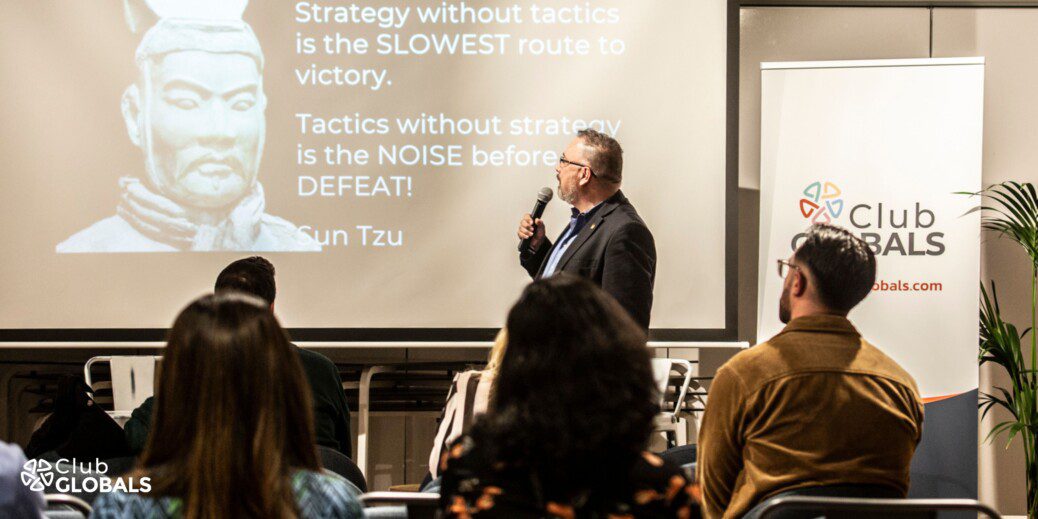Six Steps to Boost Sales with Buyer-Centricity
Buyer-Centric Sales: A Winning Approach
A buyer-centric sales approach focuses on understanding and addressing customer needs to achieve better outcomes. Many companies claim to adopt this approach, but it isn’t always reflected in their sales processes and training methods. To develop a more buyer-centric sales methodology, organizations should consider these six strategies:
- Establish a common enterprise language: This helps create a customer-focused culture and enhances engagement, understanding, and loyalty. A common language facilitates your ability to engage with customers to better understand their needs, improve the customer experience (CX), and drive customer loyalty.
- Create feedback loops: Engaging in dialogues with clients helps identify problems and additional needs. Revenue teams need to harness feedback to forge a dialogue with prospects and clients and help identify problems and additional needs.
- Address contextual challenges: Integrate sales technology into workflows and enhance buyer-centric behaviors while offering continuous skill development for salespeople. Sales organizations often struggle with underlying issues related to sales tech and sales skills. The right tech can greatly impact seller behavior, but its impact depends on how it is integrated into their workflow and used to support and enhance buyer-centric behaviors.
- Measure and reward buyer-centric behaviors: Encourage and reward customer-focused actions to foster growth in customer relationships. By encouraging and rewarding customer-centric behavior, sales organizations can ensure that their sales teams remain focused on the tasks that meet the needs of their customers. This also lets customer-facing roles uncover additional needs and grow the relationship.
- Leverage data and analytics: Use metrics like customer satisfaction, lead conversion rates, and customer lifetime value to make data-driven decisions. Tracking these metrics means sales organizations can adjust their sales approach to better meet the needs of buyers.
- Provide ongoing sales training and support: Lasting behavioral change requires consistent training, while technology can streamline processes and help monitor buyer-centric behaviors. Training is often the crucial component in creating lasting behavioral change. Once you’ve successfully identified and developed the right sales behaviors, support can come through technology. This enables sales managers to streamline processes and focus on monitoring and cultivating buyer-centric behaviors.
Working with prospects to uncover ideas for ideal solutions and mapping solutions to their vision is vital. Ensuring salespeople have industry expertise and/or experience can help create a tangible selling behavior. Our study revealed that 61% of sales leaders believe that even though a buyer-centric approach takes longer, it makes sense to use it because it is more effective. Meanwhile, 59% of sales reps said that it makes sense to choose a buyer-centric approach instead of any other, even if it requires more effort. In today’s competitive landscape, the buyer-centric approach can be a crucial competitive advantage to any company’s sales processes.


